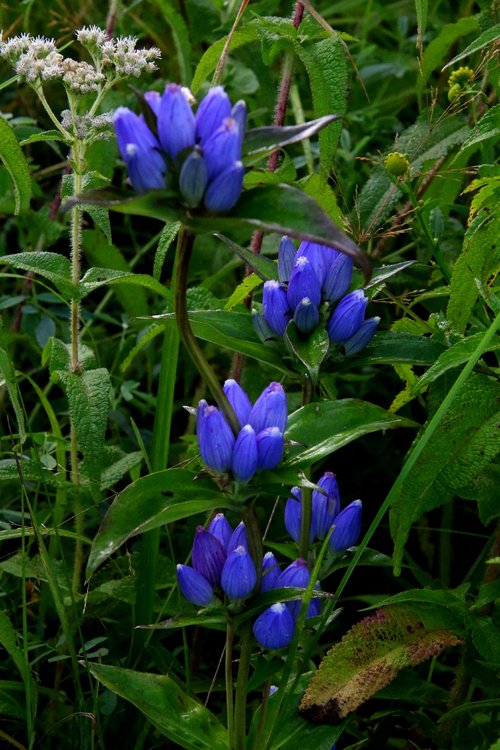Now is the time to plan and to raise expectations for autumn gathering by buckets, baskets, cameras, memories, fishing nets, hunting treks, and furbearer pelts.
Hickory nuts, acorns, walnuts, wild apples, fencerow grapes, bittersweet wreath highlighters, ginseng roots, and autumn fungi are all available throughout much of the state. But watch out for Amanita and Jack-o-lantern mushrooms.
The big hitters, deer, pheasants, turkeys, ruffed grouse, Canada geese, woodcock, mourning doves, bears, fox, coyote, otter, beaver, mink, fisher and more are all addressed in the DNR’s 2023 season forecasts. Five individual sections, deer, upland game, migratory birds, bears, and furbearers are each covered in separate sections now available on the WDNR web site.
These sections, totaling 25 pages, along with the 2023 Wisconsin Hunting Regulations, will provide a synopsis of what is out there and how many can be bagged and possessed.

While many of the populations are on public land, a large portion is on private land, which requires permission from the landowner to pursue, even photograph unless from a public roadway.
Estimate surveys were conducted, research carried out, and on-the-ground information gathered throughout the year to assemble this data. Animal registrations and card reporting also play a big role in these population estimates.
Deer regulations are adjusted annually. This year an antlerless-only holiday hunt (Dec. 24 to Jan. 1) will take place in 39 counties, with 31 counties having an extended archery/crossbow season ending Jan. 31, 2024.
The number of antlerless authorizations issued with each license (gun and archery/crossbow, have been adjusted in the Farmland Zone counties. Baiting and feeding deer regulations have changed in select counties. Bonus antlerless permits in some units changed, too.
Tagging deer carcasses was discontinued in 2017, but hunters must carry proof for their harvest, which can be the paper harvest authorization, or several other methods.
Deer registration can be online, by phone, or electronically at participating walk-in stations. That list is available on the DNR web site.
Chronic wasting disease testing will be available to all hunters through a combinations of ways.
Regional forecasts address the Southern, West-Central, Northeast, and Northern districts.
About 75,000 pen-raised ring-necked pheasants will be released on public hunting areas.
Last year 4,398 turkeys were registered during the 2022 fall season. This is an any bird season, again.
The ruffed grouse season ends Jan. 6, again.
Droughts may have had an impact on waterfowl brooding.
Wisconsin rates second in the country for woodcock taken, with about 40,000 birds bagged it’s been estimated.
The highly regulated bear seasons will likely show the black bear population thriving and healthy with a statewide population estimated at 26,000 animals.
Wisconsin’s raccoons, coyotes, foxes, and bobcats can be hunted and trapped, while fishers, minks, muskrats, beavers, and river otters may only be taken by trapping methods.
Print a copy or portion for fireside reading or continue to bring up the relevant section for study.










